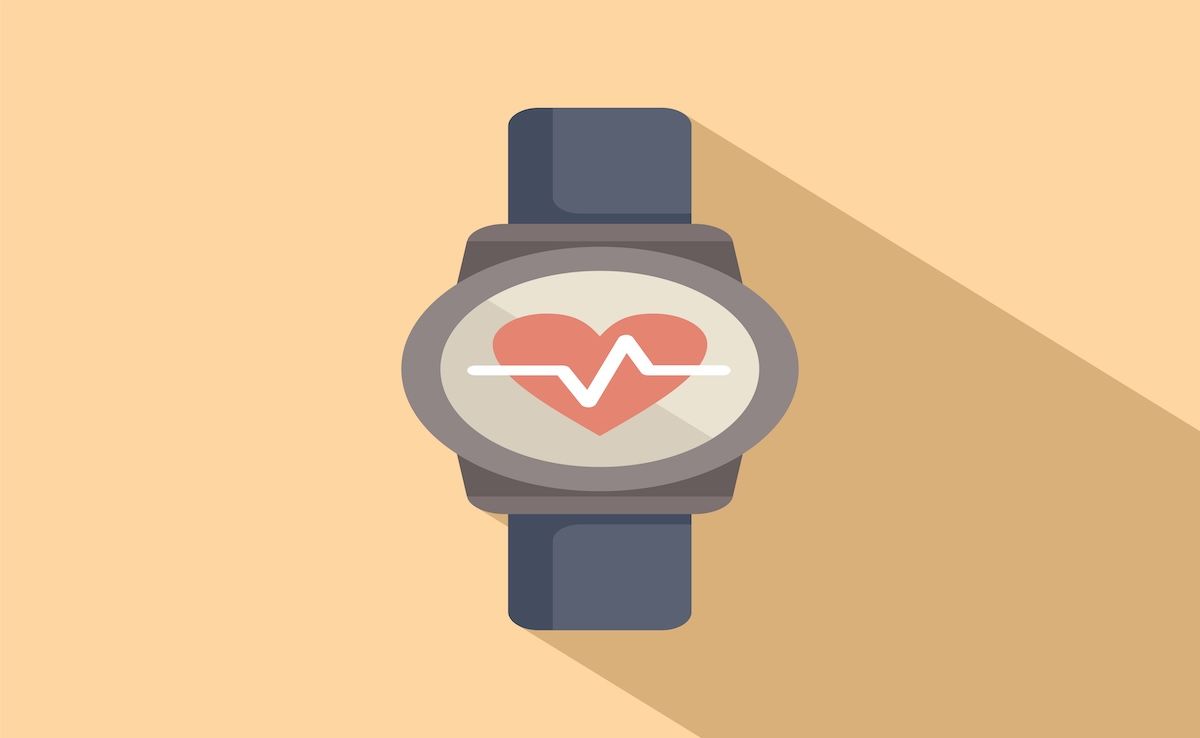Article
ADI Linked With Primary Hypertension Among Youth Medicaid Beneficiaries
Author(s):
The cross-sectional study found that higher childhood neighborhood area deprivation index (ADI), obesity, age, sex, and length of Medicaid benefit coverage are all associated with a primary hypertension diagnosis among youth residing in Delaware.
Higher childhood neighborhood area deprivation index (ADI), obesity, age, sex and length of Medicaid benefit coverage are all associated with a primary hypertension diagnosis in youth residing in Delaware, according to results of a cross-sectional study recently published in JAMA Network Open.
Although estimates suggested 4 out of every 100 youth have hypertension, the condition is underdiagnosed in 74% of cases, the authors explained. “Physician recognition of hypertension is poor, even when blood pressure [BP] values are consistent with the diagnosis,” they wrote.
Hypertension can cause both organ damage in childhood and cardiovascular disease (CVD) in adulthood. CVD is the leading cause of death in the United States, and hypertension is a key modifiable risk factor for the condition’s development.
In an effort to better understand the association between a child’s neighborhood-level deprivation and hypertension diagnosis, investigators assessed data from Delaware Medicaid recipients collected from 2014 to 2019.
The ADI consists of 17 variables used to describe a neighborhood’s socioeconomic status. These include income disparity, median home value, median family income, percent of families below the poverty level, and percent of households without a telephone, among others.
A total of 65,452 youth between the ages 8 and 18 were included in the study. Of these, 98.3% (n = 64,307) did not have a hypertension diagnosis, while 1.7% (n = 1145) did. Individuals with hypertension had an average of 61 months (SD 16) of full Medicaid benefit coverage, compared with 46.0 (24.3) months among those without a diagnosis of primary hypertension.
Analyses revealed:
- Living in communities with ADI greater than or equal to 50 was associated with 60% greater odds of a hypertension diagnosis (odds ratio [OR], 1.61; 95% CI, 1.04-2.51)
- Older age (OR per year, 1.16; 95%, CI, 1.14-1.18) was associated with greater odds of primary hypertension diagnosis, as was an obesity diagnosis (OR, 5.16; 95% CI, 4.54-5.85), and longer duration of full Medicaid benefit coverage (OR, 1.03; 95% CI, 1.03-1.04)
- Female sex was associated with lower odds of a hypertension diagnosis (OR, 0.68; 95% CI, 0.61-0.77)
- Model fit including a Medicaid-by-ADI interaction term was significant for the interaction and revealed slightly greater odds of hypertension diagnosis for youths with ADI less than 50 (OR, 1.03; 95% CI, 1.03-1.04) vs ADI of 50 or higher (OR, 1.02; 95% CI, 1.02-1.03)
- Race and ethnicity were not associated with a diagnosis of primary hypertension
Previous research has also shown that disparities in CVD prevalence are heightened among the most vulnerable populations, authors said.
“Screening algorithms and national guidelines may consider the importance of ADI when assessing for the presence and prevalence of primary hypertension in youth,” they added.
Several neighborhood-level factors may impact hypertension risk, including access to natural spaces, traffic, air pollution, and noise. Children can be exposed to all these components of their built environments at an early age.
The study is based on data gleaned from an administrative database and information on blood pressure and body mass index was not available, marking limitations to the findings.
In addition, selection bias may have occurred, and researchers assumed youth had the same ADI throughout the 5-year study period.
“The findings from this cross-sectional study highlight the significant association between neighborhood deprivation and a diagnosis of primary hypertension among Medicaid-insured youths and the importance of considering neighborhood-related factors, such as ADI, when diagnosing hypertension,” authors wrote.
“Future studies are needed to further elucidate the association between the 17 components of ADI and hypertension development and diagnosis in youth,” they concluded.
Reference
Baker-Smith CM, Yang W, McDuffie MJ, et al. Association of area deprivation with primary hypertension diagnosis among youth Medicaid recipients in Delaware. JAMA Netw Open. Published online March 15, 2023. doi:10.1001/jamanetworkopen.2023.3012





